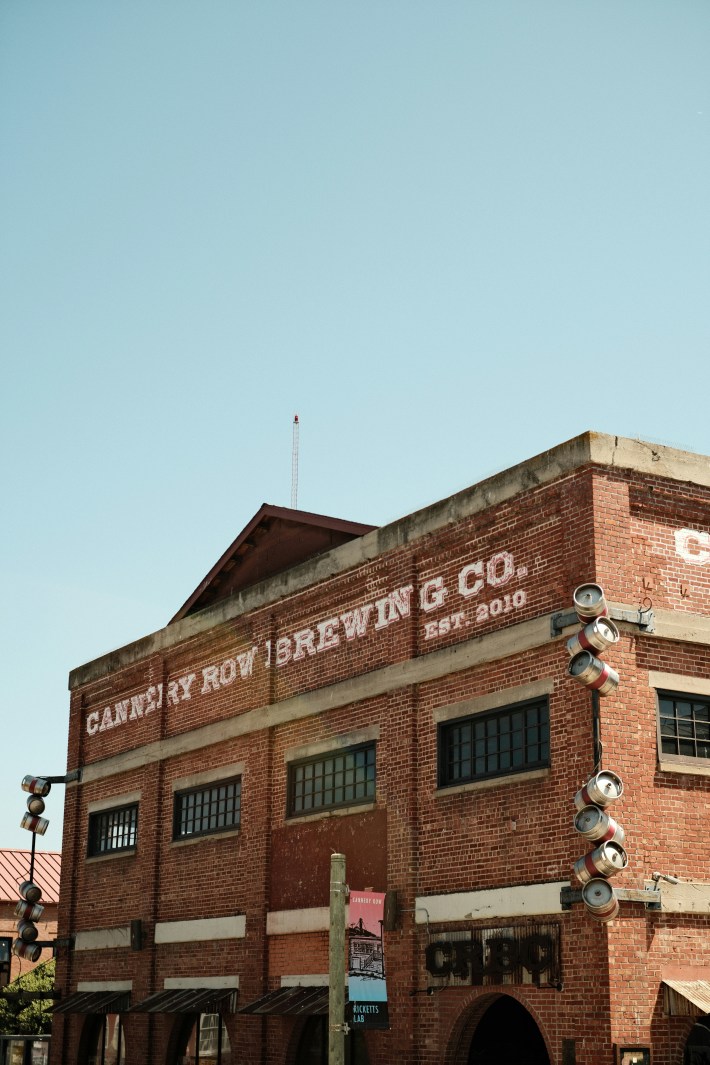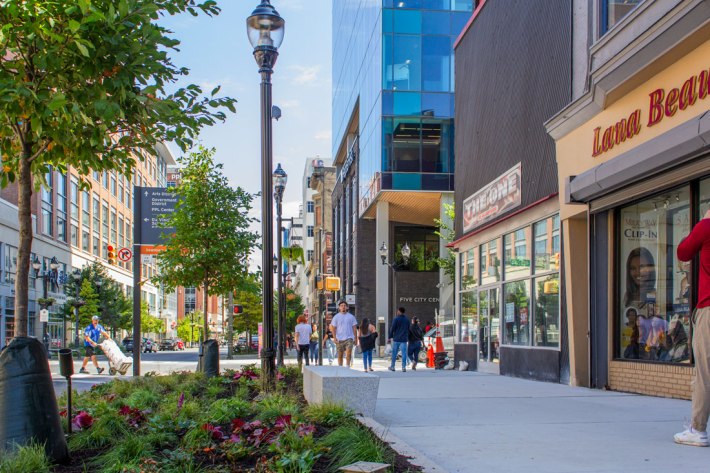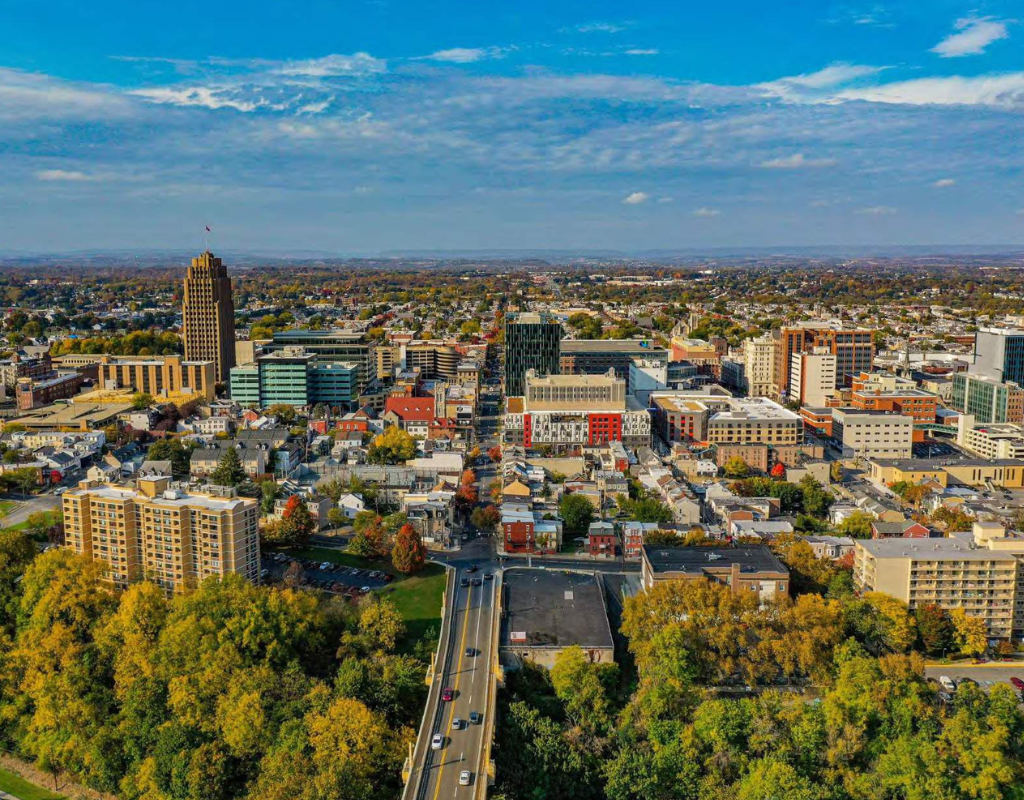Brownfield sites dot the cityscapes of the urban Rust Belt. But one city offers a blueprint for revitalization combining economic development with more livable neighborhoods that put residents closer to their jobs — and cut car use in the process.
Supported by a $20 million grant from the U.S. Economic Development Administration (EDA), local leaders in Allentown, Pennsylvania are fostering small-scale manufacturing as one way to breathe new life into the city’s brownfield sites, tap into the city’s industrial heritage and improve quality of life for all through vibrant urban spaces.

And “industrial” doesn’t just mean “factories.” A Smart Growth America report broadly defines small-scale manufacturing as “all types of small businesses that produce tangible goods,” which can include art studios, beer distilleries, clothing designers, and tech component makers; many even have storefronts that foster ground-level street life from neighborhood foot traffic, becoming “destinations in themselves.”
Importantly, these businesses don’t emit the kind of pollution that drove manufacturing jobs out of cities in the past, when urban manufacturing was synonymous with sizable factories that overwhelmed neighborhoods with noise, smog, and waste.
“Small-scale manufacturers are cleaner and quieter, and more compact compared to traditional heavy manufacturing and thus can physically fit and be good neighbors,” the Smart Growth America report notes.
Allentown Mayor Matt Tuerk has embraced small-scale manufacturing as a critical tool to bring new jobs that are close to where people already live, maximizing livability and minimizing commutes.
“The core of livability is being able to be close to where you work…it creates that kind of 15 minute city concept,” says Tuerk. “You can live where you work, [and] the byproduct of your work is not a pollutant.”
Allentown’s small-scale manufacturing boom has also fueled infrastructure investments that enhance streetscapes for the entire community. City ordinances require developers to upgrade public infrastructure around each site, which can take the form of improvements to street infrastructure or the addition of tree canopies — both of which can make commuting safer, particularly for people who walk and ride.
“The shorter the commute, the more likely that it can happen on foot or by bicycle,” Tuerk says. “[We are] continuing to work on plans that will allow us to improve bike and pedestrian access to various different parts of the city.”

Photo: Urban Land Institute
A new era
Allentown is not the only city that has used small-scale manufacturing strategies as a catalyst for street-level change.
Smart Growth America conducted a case study of four cities back in 2017 that were doing similar work, in all corners of the country, including Knoxville, TN; Lowell, MA; Twin Falls, ID; and Youngstown, OH. All of them received federal support through the EDA — support Tuerk fears won’t last under Trump.
“I would love the opportunity to convince [the current administration] that…a smart investment in jobs where people work, no matter what those jobs look like, helps get you to where you want to be,” Tuerk says. “We need the federal, state, and local government to be in lockstep.”
Even if the federal government doesn’t agree, advocates can still pursue local efforts to spur small-scale manufacturing, such as zoning reform that allows it to be built at the neighborhood level. As Tuerk explains, zoning was historically designed to separate heavy manufacturing pollutants from where people live, but the cleaner footprint of small-scale manufacturing changes that calculus.
“Zoning would prohibit certain types of manufacturing from existing in neighborhoods,” Tuerk says. “What we have to do now is make sure that the rules and regulations that we established in that different era can now be adjusted to accommodate for a new era.”
Despite tough federal headwinds, Allentown demonstrates that small-scale manufacturing is a viable strategy to promote economic development hand-in-hand with building better cities — and not just in cities with a history of building factories.
“[Small-scale manufacturing] is not exclusively the domain of older industrial cities,” Tuerk adds. “I think local leaders [elsewhere] would significantly benefit from allowing for this type of investment.”






